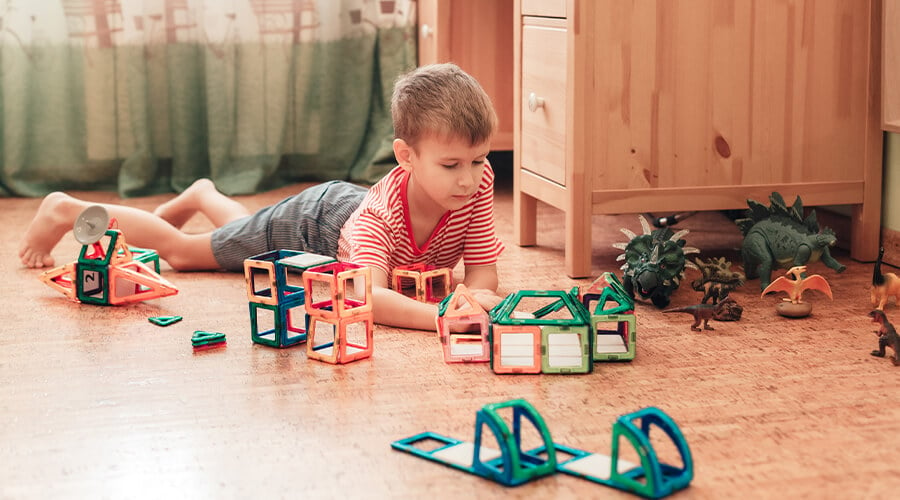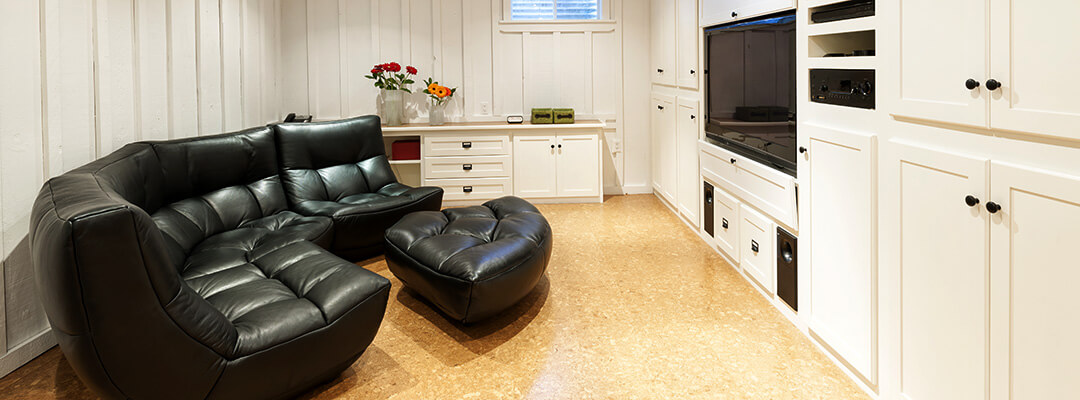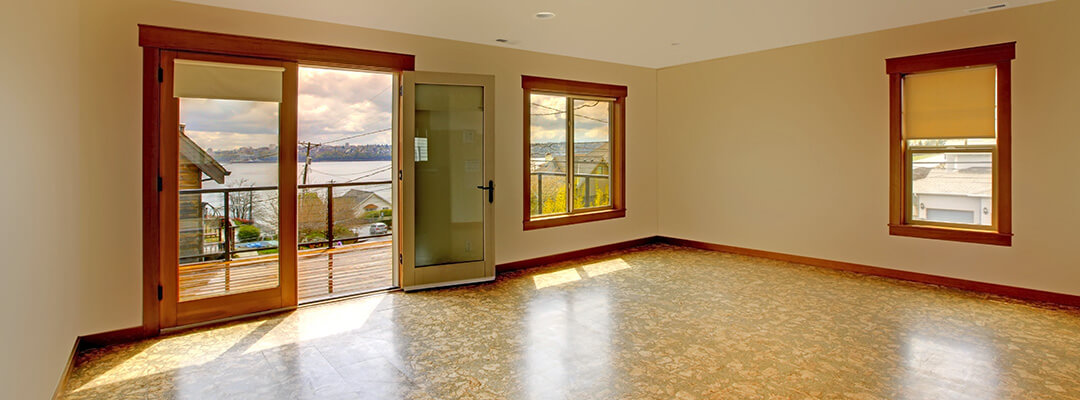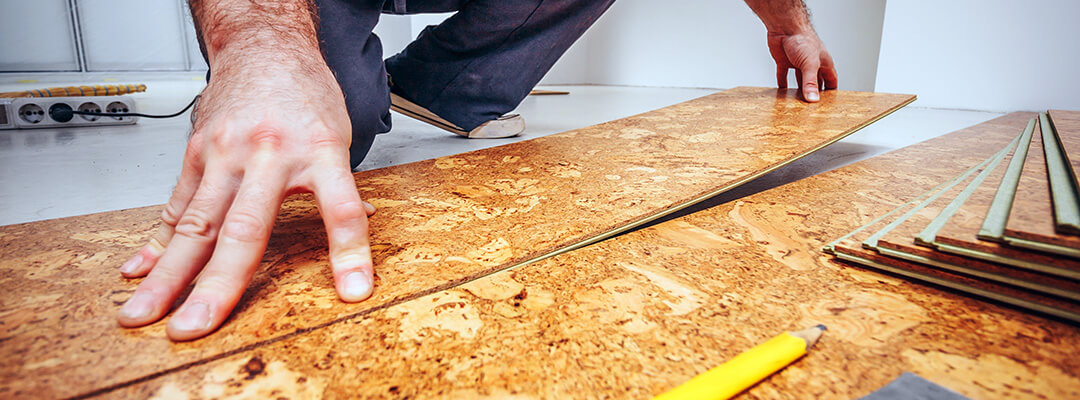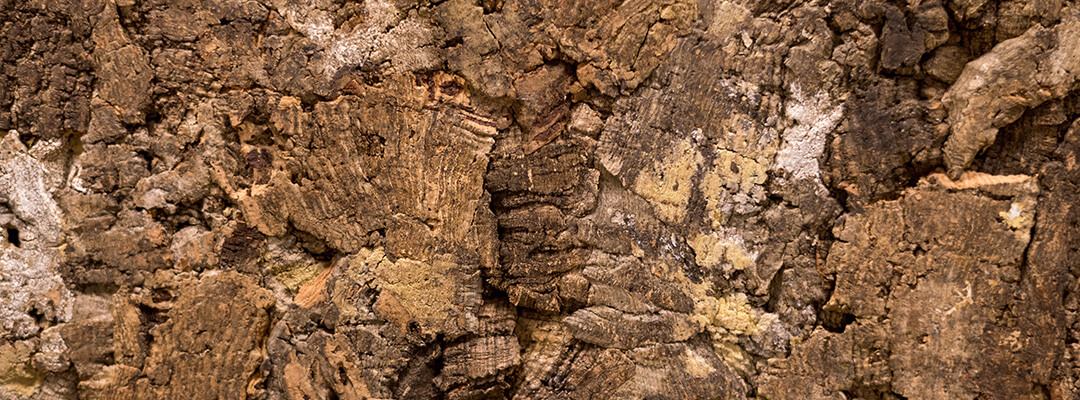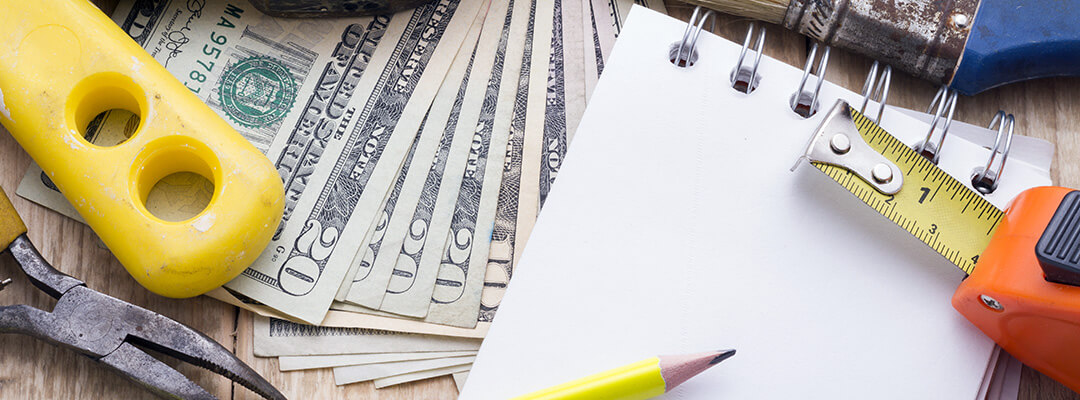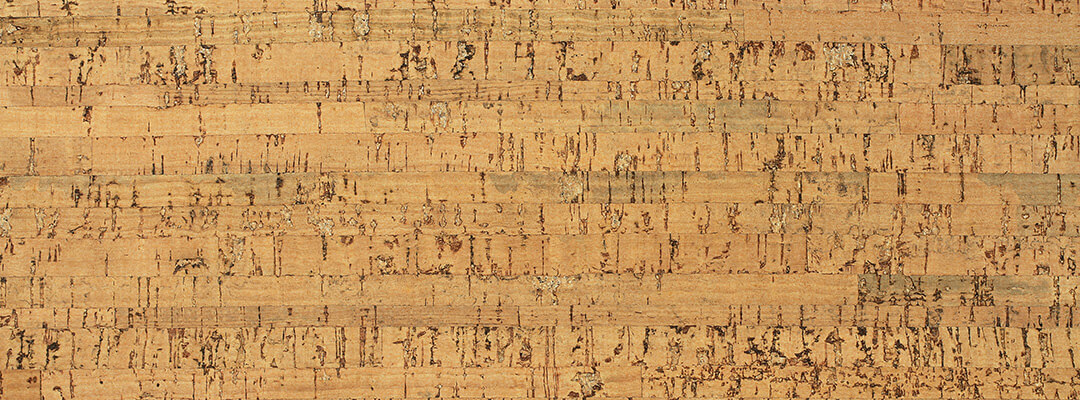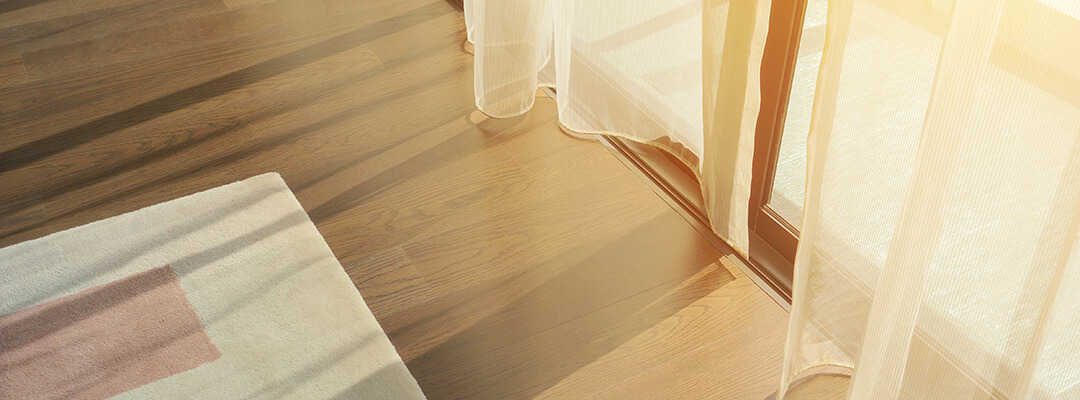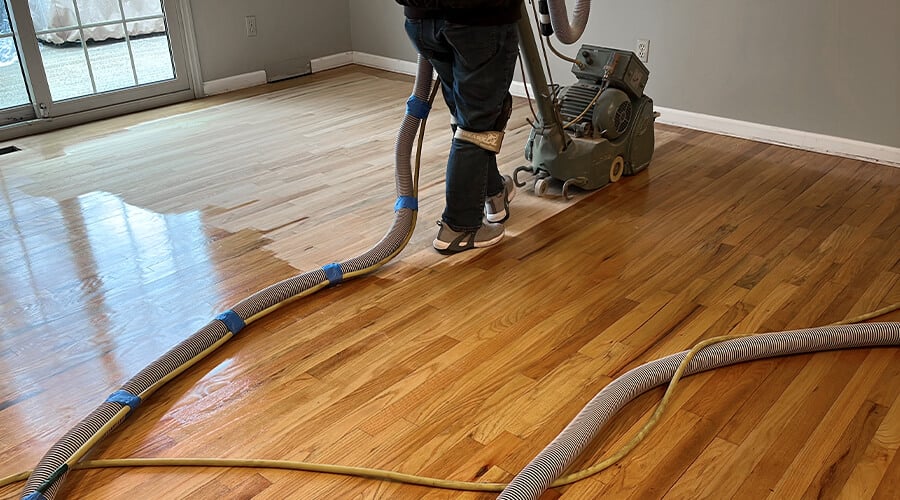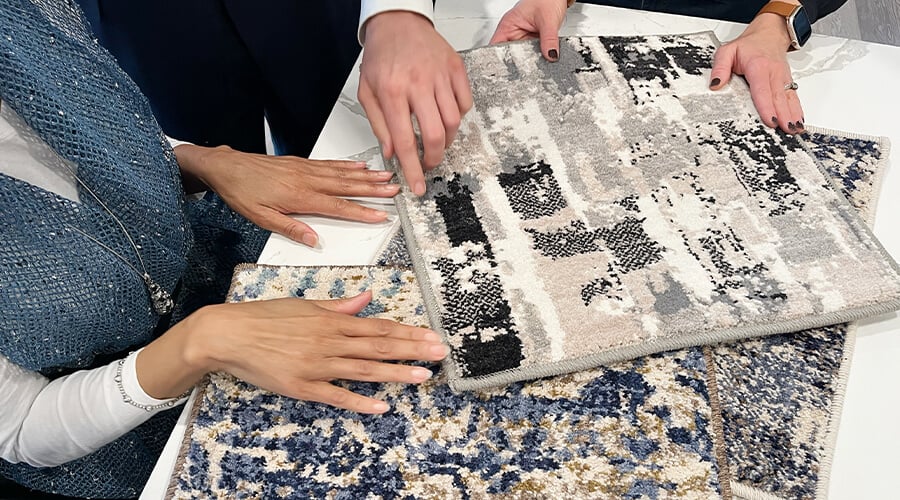Are you thinking about installing cork flooring in your home? Maybe you recently discovered cork and are interested in learning more. Cork isn’t as popular as carpet or hardwood, so we understand why homeowners are confused when they hear about this unique material for the first time. While cork isn’t as mainstream as other flooring types, it’s an excellent material for kitchens, bathrooms, playrooms, and many other areas of your home. Like any type of flooring, it has unique advantages and disadvantages that you’ll want to consider before you make a big investment.
Let’s dive right into the biggest pros and cons of cork flooring:
Pros of Cork Flooring
Cork is comfortable
Cork is a soft flooring material that “bounces back” when you step on it. Its comfortability makes it a popular choice for bathrooms, kitchens, and other rooms where you stand for long periods of time. Many homeowners are surprised when they step on a cork floor for the first time because it truly does have a unique, cushy feel. If you fall on a cork floor, it provides a much softer landing than hardwood or vinyl. This is why cork is a popular flooring choice for elderly homeowners and children’s playrooms.
Cork is hypoallergenic
Cork repels dirt, dander, and dust mites better than other types of flooring which makes it a good choice for homeowners who suffer from asthma and allergies. Since cork contains suberin, it also possesses antimicrobial properties. Suberin is an impermeable, waxy substance that makes cork resistant to mold, mildew, and harmful microorganisms that hurt your indoor air quality.
Cork is eco-friendly
Cork combines style with sustainability. If you’re looking for an eco-friendly flooring type, cork should be at the top of your list. Cork is harvested from the bark of cork oak trees without damaging them; the bark sheds naturally and grows back quickly. Cork is completely biodegradable, and its manufacturing process generates almost zero waste.
Cork is a good insulator
Cork is composed of millions of tiny, air-filled chambers that absorb sound. If you have a room with poor acoustics, cork flooring can help. Just one more reason to install cork flooring in a playroom! Cork also acts as a temperature insulator, reducing your energy bills. Cork has a typical R-value (the capacity of an insulating material to resist heat flow) of 1.125, which is significantly higher than the R-values of tile, hardwood, vinyl, and even carpet!
Cork is easy to install and maintain
Cork flooring products come in large sheets or tiles. Large sheets are installed with a standard thin-set mortar adhesive. And cork tiles have adhesive backs, so installation is quick and easy. With basic maintenance, a cork floor can last for many years. Cork floors only require occasional sealing and regular sweeping and vacuuming. If you see a little wear and tear in your cork floor, it can be sanded, stained, and sealed to remove imperfections.
This also means that the installation process is not dusty and it does not require you to leave your home. Compared to hardwood, installation of cork is fairly quick and relatively painless.
Cons of Cork Flooring
Cork is vulnerable to damage
Since cork flooring is such a soft flooring material, it’s more susceptible to damage than other types of flooring. Dog and cat nails will scratch a cork floor, and heavy furniture and appliances can leave permanent indents. If you’re a pet owner who has your heart set on cork flooring, make sure to keep your fur babies’ nails trimmed. Furniture coasters are also a smart investment.
Pro Tip: Adjust or rearrange your furniture every now and then to extend your cork floor’s life. Shifting furniture pieces just a couple inches every few months will help reduce divots. You can also put a rug underneath your furniture or couch.
Cork is not cheap
Cork’s comfortability and eco-friendliness come at a cost. While it isn’t the most expensive flooring option, it is more expensive than vinyl, laminate, and many other materials. Cork flooring can cost anywhere from $5 to $20 per square foot.
Pro Tip: If you like the look of cork but don’t want to pay for the real thing, there are plenty of artificial flooring options that can help you achieve cork's appearance. Explore printed laminate flooring, sheet vinyl or luxury vinyl plank. All are alternatives but vary in price by brand.
Cork is not waterproof
Cork is more water resistant than other flooring materials, but it isn’t completely waterproof. You’ll need to regularly seal your cork floors to protect them from spills. You should never mop a cork floor with a lot of water because excess moisture can warp and stain cork flooring.
Pro Tip: Invest in a dehumidifier for rooms with cork flooring if you live in a humid area. This will help make sure you get the most use out of your floor.
Cork has a limited color palette
Unlike hardwood, laminate, vinyl, and carpet, cork has a very limited color palette to choose from. While there are lighter and darker variations, all-natural cork flooring is mostly beige.
Pro Tip: If you like the look of cork but want more freedom when it comes to colors, there are artificial flooring options that can mimic cork's appearance. Check out printed laminate and vinyl flooring options.
Cork fades in the sun
The sun is another one of cork’s weaknesses. Cork isn’t the best flooring material for bright rooms because it will fade if it receives too much sunlight. An average amount of natural light is fine, but you’ll want to make sure the sun isn’t beaming down on it all day.
Pro Tip: Invest in window treatments, curtains, and blinds to protect your cork floors on extremely sunny days.
In Summary
Overall, cork is a comfortable, stylish, and ecofriendly flooring material. While it has its drawbacks, cork is an excellent material for kitchens, bathrooms, playrooms, and more. Contact America’s Floor Source or visit one of our locations to learn more about cork flooring, and if it can work for you.

